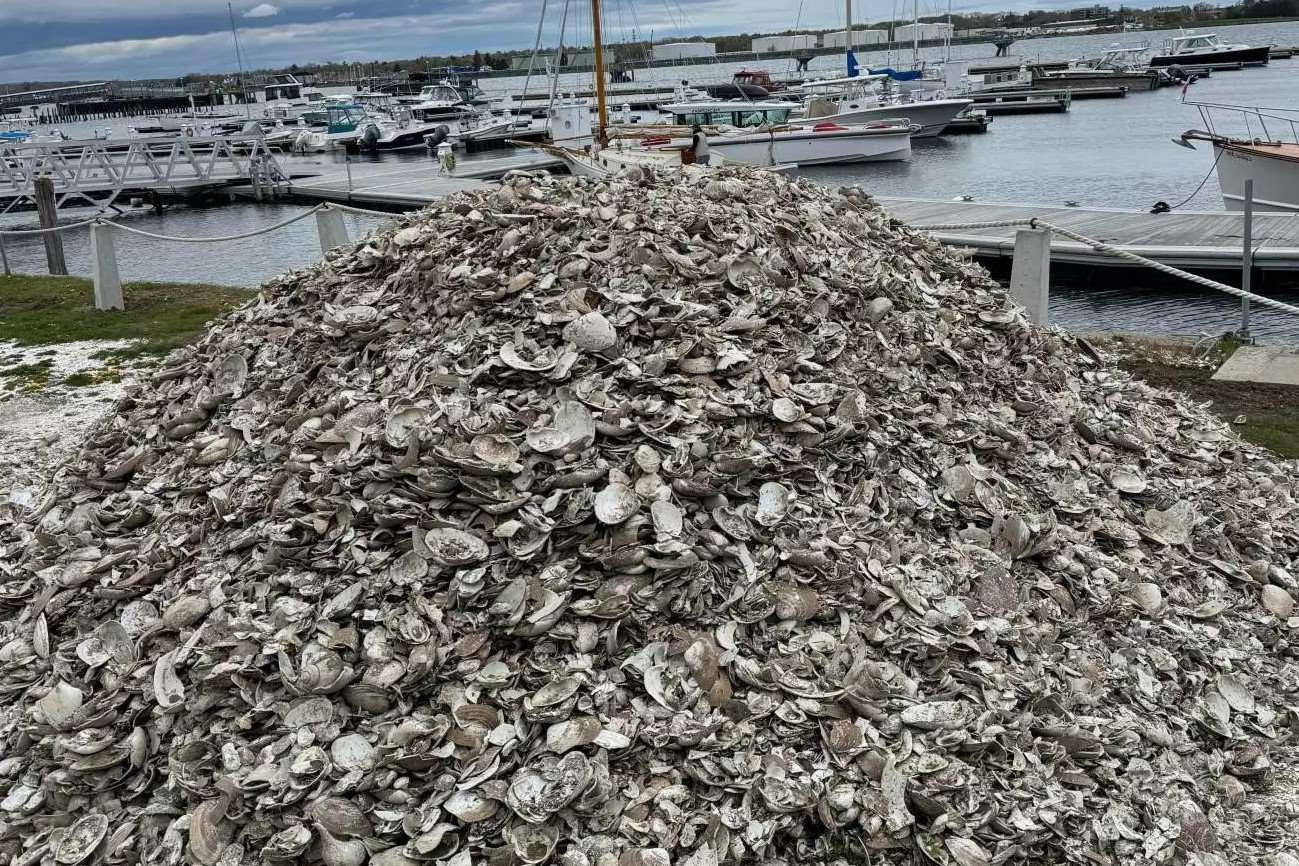Secrets Of Maine’s Ancient Shell Heaps

Have you ever wondered about the ancient shell heaps of Maine? These mysterious piles, also known as middens, hold secrets from thousands of years ago. Native Americans created them by discarding shells, bones, and other remains from their meals. Over time, these heaps grew into significant archaeological sites, offering clues about past cultures and lifestyles. Imagine digging through layers of history, each telling a story of survival and adaptation. These shell heaps aren't just piles of debris; they are windows into the past. They reveal what people ate, how they lived, and even how they adapted to changing climates. Visiting these sites can feel like stepping back in time, connecting with the land's ancient inhabitants. Whether you're a history buff or just curious, Maine's shell heaps offer a fascinating glimpse into a world long gone.
What Are Maine's Ancient Shell Heaps?
Maine's ancient shell heaps, also known as shell middens, are fascinating remnants of past human activity. These heaps are essentially ancient trash piles, primarily composed of shells from clams, oysters, and other marine life. They offer a glimpse into the lives of the Native American tribes who once thrived along Maine's coast. Let's explore some of these intriguing sites.
Where Can You Find These Shell Heaps?
Maine's coastline is dotted with these historical treasures. Each location offers a unique look into the past, revealing stories of the people who lived there thousands of years ago.
Damariscotta River Shell Heaps
Along the Damariscotta River, these heaps are some of the largest in the state. They stretch for miles and are believed to be over 2,500 years old. The sheer size of these heaps suggests they were a significant gathering place for ancient communities.Whaleback Shell Midden
Located in Damariscotta, this site was once a massive shell heap, though much of it has been removed over time. Still, what's left is impressive. It provides insight into the diet and lifestyle of the people who lived there.Merrymeeting Bay Shell Heaps
At the confluence of six rivers, Merrymeeting Bay is home to several shell heaps. These heaps are smaller but still offer valuable information about the region's history and the people who utilized its resources.
Why Are These Heaps Important?
These shell heaps are not just piles of discarded shells. They are archaeological gold mines, offering clues about the diet, trade, and social structures of ancient communities. They also help scientists understand environmental changes over millennia.
Pemaquid Point Shell Heaps
Near the Pemaquid Point Lighthouse, these heaps are smaller but significant. They provide evidence of long-term habitation and resource use by Native American tribes.Muscongus Bay Shell Heaps
This area is rich in shell heaps, each telling its own story. The heaps here show a variety of shellfish species, indicating a diverse diet and possibly trade with other groups.
How Can You Visit These Sites?
Visiting these shell heaps is like stepping back in time. Many are accessible to the public, offering a chance to connect with history and nature.
Reid State Park Shell Heaps
Within Reid State Park, these heaps are easily accessible. Visitors can enjoy the park's natural beauty while exploring these ancient sites.Wolfe's Neck Woods State Park Shell Heaps
This park offers trails that lead to several shell heaps. It's a perfect spot for a day hike combined with a history lesson.Acadia National Park Shell Heaps
While Acadia is known for its stunning landscapes, it also houses some lesser-known shell heaps. Exploring these can add a historical dimension to your visit.
Discovering the Past Through Shell Heaps
Maine's ancient shell heaps offer a unique glimpse into the lives of the region's early inhabitants. These mounds, made up of discarded shells, bones, and other artifacts, tell stories of survival, adaptation, and community. By studying these heaps, researchers gain insights into the diets, tools, and social structures of those who lived thousands of years ago. They also reveal how these communities interacted with their environment, adapting to changes in climate and resources. Protecting these sites is crucial for preserving this valuable history. As more people become aware of their significance, efforts to conserve and study these heaps grow stronger. Exploring these ancient sites not only enriches our understanding of the past but also deepens our appreciation for the resilience and ingenuity of those who came before us. Maine's shell heaps are a testament to the enduring connection between people and nature.

